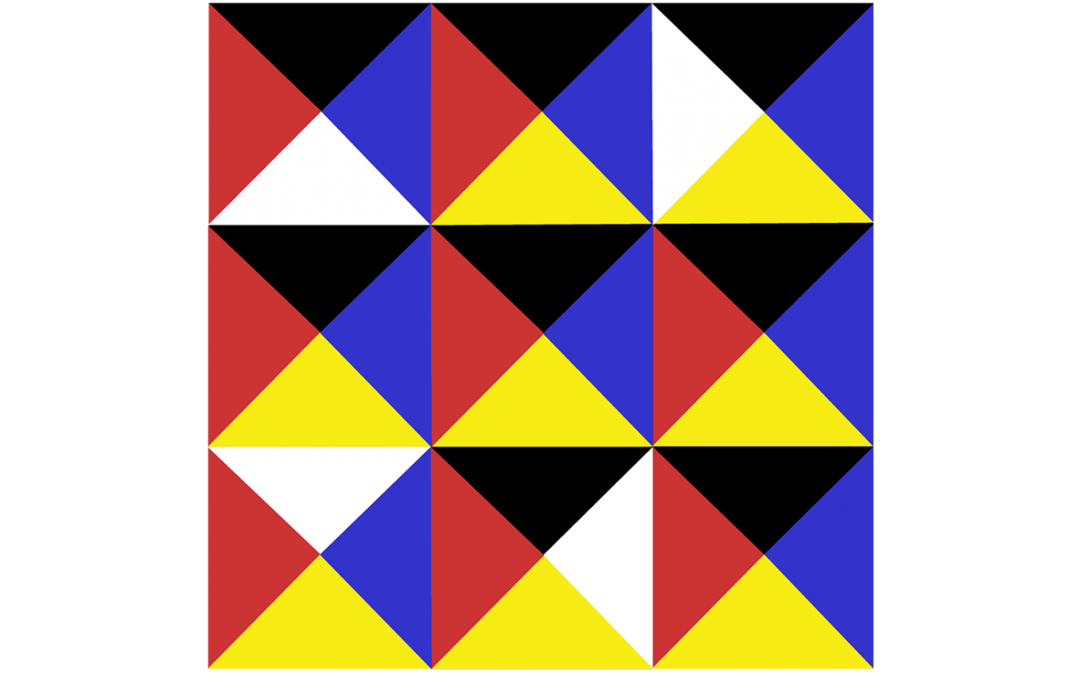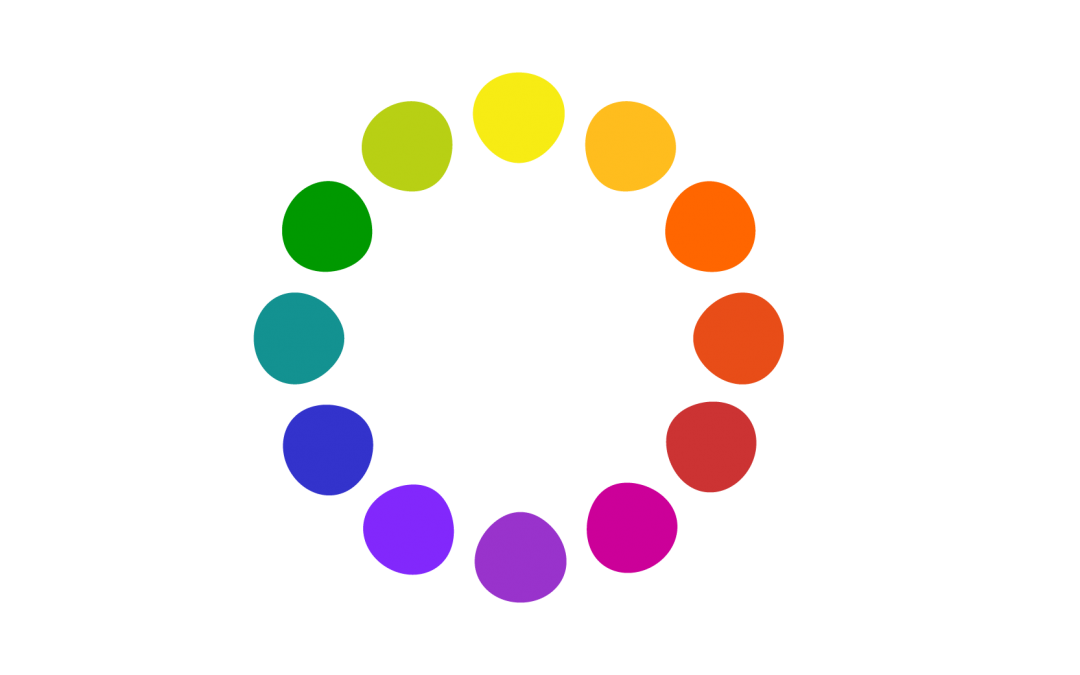

How to achieve saturated or transparent colors
Saturation illustrates the degree of purity of a color. By contrast, transparent colors are diluted colors with low intensity. Contrast of saturation is the contrast between pure, intense colors and the diluted ones. You could experiment with the degree of saturation...
read more
The adventures of a spiridoko
One day, Mr. II, to be read Mr. Two, a usual spiridoko, found an unusual pen with a golden nib and a wooden holder with the name of the owner carved on it. Only by holding the pen, the spiridoko would experience space orientation problems followed by numerous waves of...
read more
Color harmony saga – light and dark contrast
The light/dark effect is used to create drama and realism in a composition. It helps you define the environment and the characters. The strongest outcome is achieved by using black and white, milder effects are produced by using an array of greys of different...
read more
Color harmony saga – hue contrast
Let's take the color wheel as a starting point and dive in more ways to achieve color harmony. One way is the contrast of hue, which requires at least three saturated and pure colors to create tonic effects. As in the above picture, the strongest statement is made by...
read more
Little pages – digital book
Sweet dreams!Download your copy of the LITTLE PAGES mini-book!
read more
Color harmony and the color wheel
Harmony is a tough topic because it is entirely subjective and it refers to how attractive or unattractive a color combination is to each individual.According to the great color theoretician Johannes Itten, two or more colors are harmonious if their mixture yields a...
read more
Color perception and attributes
Now, let's make some experiments. Let's work digitally or paint on a piece of paper, the effect is the same. We will use light or dark grey rectangles to enhance the effects that we are going to illustrate with the squares. A white square on a black background will...
read more
COLOR must know info
The primary colors are: RED, YELLOW and BLUE and the noncolors (neutrals) are: BLACK, WHITE and GREY.■ Secondary colors are created by mixing equal quantities of two primary colors in order to achieve: ORANGE, GREEN and VIOLET.■ Tertiary colors are created by mixing...
read more
